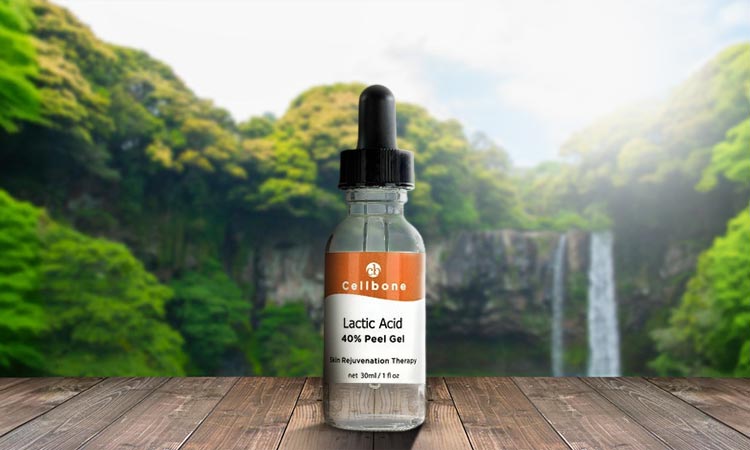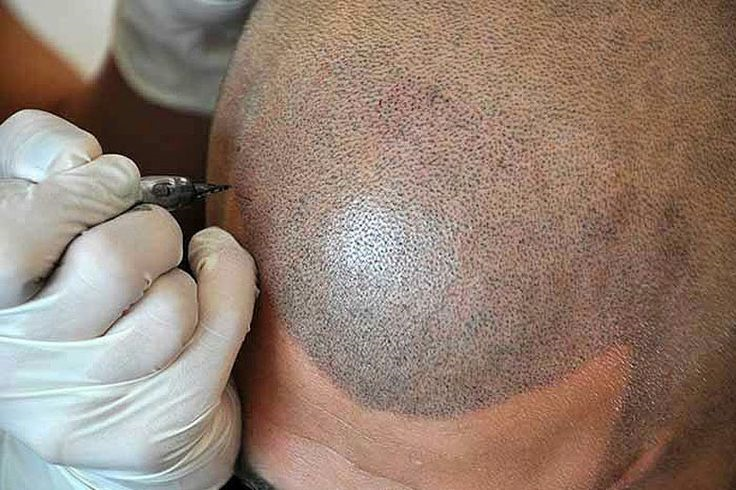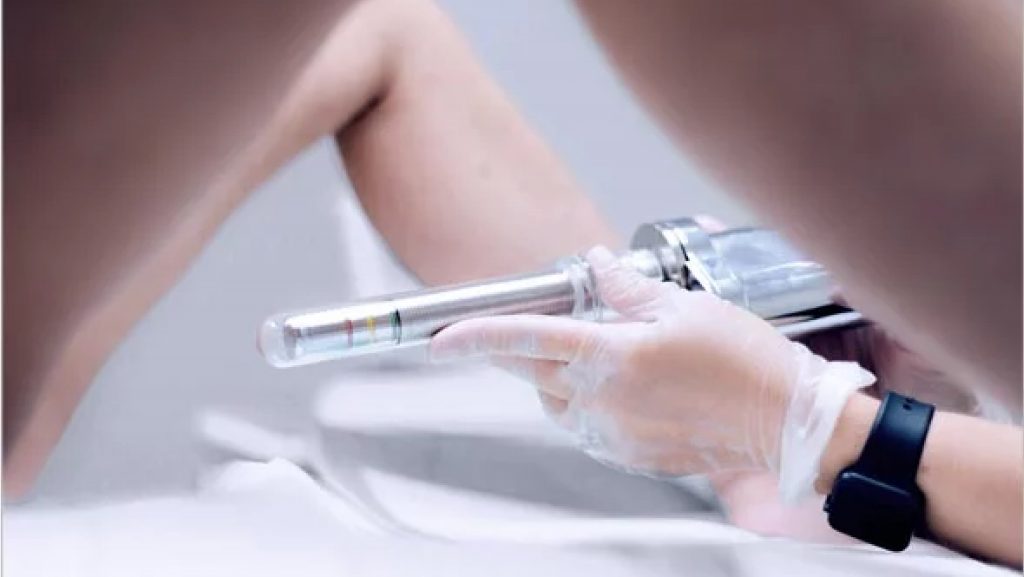Your skin feels rough, bumpy, or uneven to the touch. You will surely be in need of peeling. That’s where chemical peels come into play, especially the mild ones such as the lactic acid peel. There’s one crucial thing that you need to understand before you apply one to your face: exfoliation is crucial.
How one prepares for such a peel: What do you need to avoid? How do you ensure your skin gets the glow without getting irritated in the process?
Alright, let’s go straight without having to guess.
Why Skin Prep Matters
Preparing your skin for a chemical peel is just like painting; if the wall is not cleaned before they just do not go on well. Prepping your skin helps:
-
Lower the chances of inflammation or acne outbreak
-
Peel works more evenly
-
Support faster, smoother recovery
Lactic acid is a relatively gentle AHA (alpha hydroxy acid) – perfect for use on dry, sensitive or aging skin. It cleans off the outer layer of skin and makes the skin healthier and fairly glowing. However, before reaping all the benefits, you need to make sure that you put the right foot forward.
Step-by-Step: How to Prep Your Skin for a Lactic Acid Peel
1. Stop Using Active Ingredients (5-7 Days Before)
One week prior to your peel you should avoid using retinol, benzoyl peroxide, salicylic acid and various other similar products. These can make the skin sensitive and hence be easily affected by processes such as burning or irritation.
Tip: Don’t go overboard, even with vitamin C serums; reduce its concentration if too high.
2. Focus on Hydration
Leading up to your peel, your goal is to build your skin barrier, not break it down. So, focus on moisturizers and hydrating ingredients like:
-
Hyaluronic acid
-
Ceramides
-
Glycerin
Avoid anything that makes your skin feel tight or dry.
3. Use a Gentle Cleanser
Use a mild, fragrance-free cleanser twice a day. Harsh cleansers can strip your skin and leave it more vulnerable to stinging or redness when the peel is applied.
4. Apply Sunscreen Daily
Even if you’re mostly inside, UV rays can still damage your skin and make it more reactive. Use a broad-spectrum SPF 30 or higher every day during your prep week. Don’t skip it!
5. Exfoliate (Just Once)
This might sound weird before a chemical peel, but a gentle exfoliation 3-4 days before the peel can help remove excess dead skin cells and let the peel penetrate better. Use a soft scrub or an enzyme mask — skip anything too harsh.
6. Do a Patch Test
Especially if it’s your first time using a lactic acid peel, it’s smart to test a small spot on your jawline or behind your ear to check for any bad reactions. Wait 24 hours.
7. Prep with Kojic Acid Powder (Optional)
Some people like to incorporate kojic acid powder into their skincare a week before the peel to help even out skin tone. Kojic acid helps reduce dark spots and pigmentation. Just make sure you’re not layering too many actives at once — and stop it a few days before your peel to avoid irritation.
8. The Night Before: Keep It Simple
Don’t do anything fancy the night before your peel. Cleanse, moisturize, and sleep. Avoid makeup or heavy products.
Aftercare Basics
Once your peel is done, aftercare is just as important as prep. Your skin may feel tight, dry, or slightly flaky.
-
Keep moisturizing
-
Don’t exfoliate again for 5-7 days
-
Avoid sun exposure
-
Stick to gentle, fragrance-free products
Healing can take a few days. Be patient — your glow is coming!
FAQs
Q: Can I wear makeup before my peel?
Nope — it’s best to come in with clean, bare skin. Makeup can interfere with how the acid works and increase your risk of irritation.
Q: Can I work out the day of the peel?
Try to avoid heavy sweating right after a peel. Heat and sweat can make your skin more reactive.
Q: What should I avoid eating or drinking?
Hydration is key, so drink lots of water. Avoid alcohol and super salty foods, which can dehydrate your skin.
Q: How often should I do a lactic acid peel?
For beginners, once every 2–4 weeks is safe. Don’t overdo it — more isn’t better.
Q: Can I combine lactic acid with other peels?
You can go down the line, but not at first. Start slow and see how your skin reacts. Later on, you might explore combo peels with ingredients like glycolic or salicylic acid — but not at the same time.
Final Thoughts
A lactic acid peel can be a game-changer for your skin, giving you a brighter, smoother, more youthful look. But it all starts with good prep.
Taking just a few days to get your skin ready can mean the difference between a flawless glow and a red, irritated mess.
Remember: skincare is a journey, not a race. Take your time, treat your skin gently, and it will thank you.







0 Comments